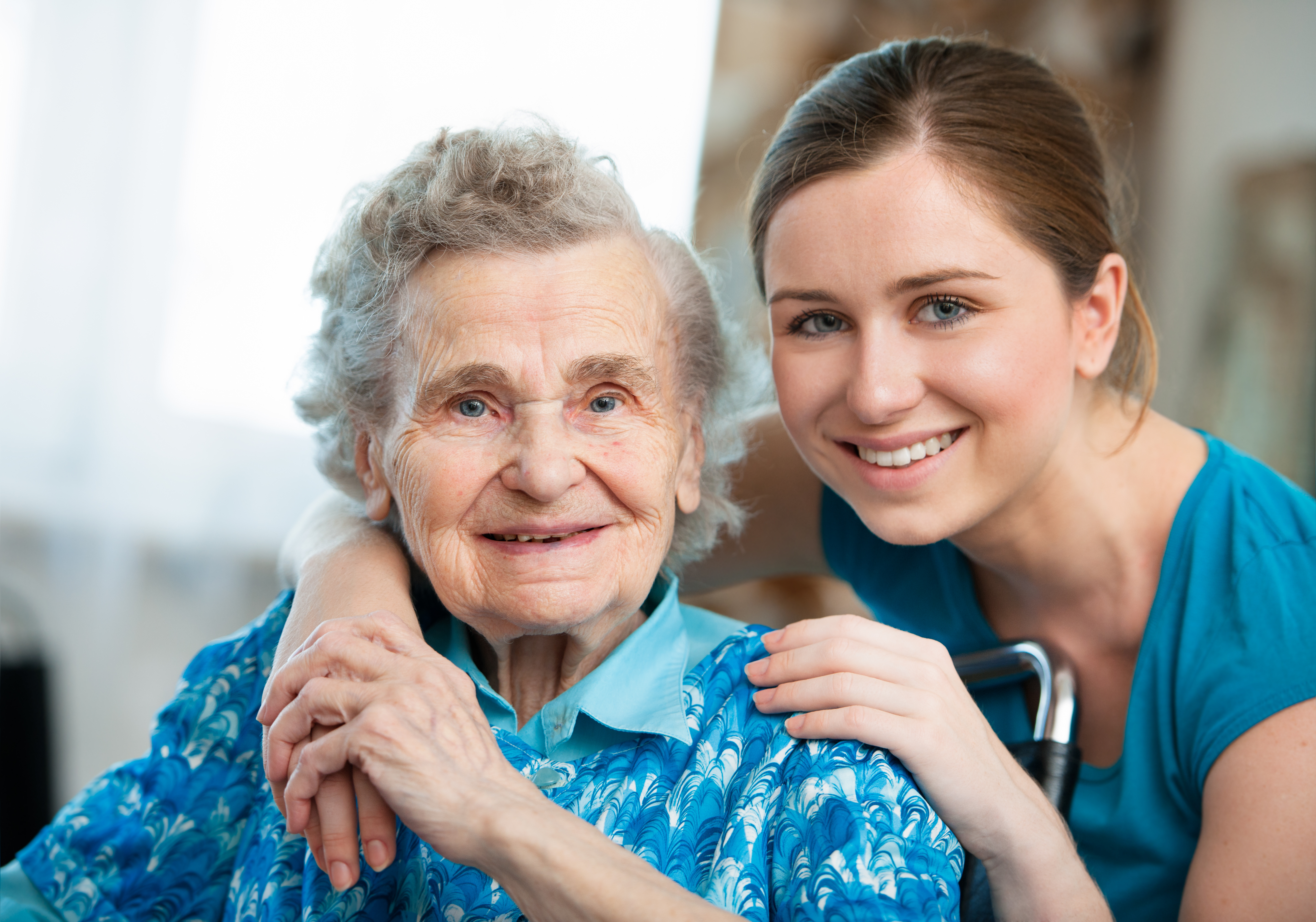This is the first in a series of five briefs focused on self-reported perceptions of burden of family caregivers with loved ones enrolled in the Program of All-Inclusive Care for the Elderly (PACE). The PACE model provides integrated interdisciplinary preventative, primary, acute, and long-term managed care and support to individuals who are 55 and older and have a health profile that qualifies them for nursing home care. In collaboration with the National PACE Association (NPA), Vital Research developed, collected, and analyzed data from 973 caregivers associated with 30 PACE centers across the country.
Models of health care provision, such as PACE, understand the importance of supporting caregivers so participants can maintain better health and prevent or reduce hospital and nursing home admissions.
Defining Caregiver Burden
By 2030, all Baby Boomers will be older than 65 and will make up 20 percent of the world’s population. These aging adults are living with the highest rates of chronic illness including cognitive decline, hearing and sight decline, and loss of the ability to perform activities of daily living, making the responsibilities of their caregivers complex and challenging. Nearly 41.3 million people are unpaid family caregivers.
Research evidence shows that caregivers can experience adverse effects of caregiving, or burden, which is defined as the perceived negative impacts on their own independence, finances and social life, as well as the decline of their physical and emotional health because of caregiving responsibilities. This subjective burden is one of the most important predictors for negative outcomes of care situations for the caregivers themselves as well as for the person who requires care. Models of health care provision, such as PACE, understand the importance of supporting caregivers so participants can maintain better health and prevent or reduce hospital and nursing home admissions.
Figure 1. Caregiver Burden Survey Item

Surveying Burden
The Zarit-12 Caregiver Burden Interview instrument is a standardized, reliable, and validated tool that assesses the self-reported burden of caregivers. Comprised of 12 items, the instrument asks caregivers to provide their feelings on statements using a 5-point scale (0=Never to 4=Nearly Always). Total scores range from 0 (no to mild burden) to 48 (high burden). To measure perceived burden of family caregivers before and after PACE enrollment, the instrument was modified to obtain a retrospective comparison of how caregivers felt before their loved one was enrolled in PACE and how they perceived their burden after PACE enrollment [Figure 1]. The survey also included items on satisfaction, perceptions of how PACE has affected their caregiving, and caregiver background information.
In the summer of 2018, Vital Research mailed the survey to family caregivers of people enrolled in PACE programs across 30 PACE centers. Follow-up phone calls were also made with some caregivers after the initial mailing. In total, 973 surveys were completed. Key characteristics of the survey respondents are included in Figure 2. Data was analyzed on all survey items stratified by these characteristics and item-level analyses is presented in subsequent briefs.
Figure 2. Key Characteristics of Caregivers

Reducing Overall Burden
Overall, caregiver burden decreased significantly, with 58% reporting reductions in burden levels after PACE enrollment. The percentage of caregivers experiencing a high burden level decreased from 48 to 17 percent. In addition, 39 percent of caregivers had no to mild burden after enrollment compared to 23 percent before PACE [Figure 3]. Caregivers experienced a reduction in scores on all twelve burdens included in the survey, with decreases in scores ranging from 33% (‘Affects relationship with family/friends’) to 60% (‘Stressed between caring for person and other responsibilities’).
Figure 3. Overall Burden Level

Before PACE, female caregivers reported higher levels of burden (average 20.8) than male caregivers (average 17.3). After PACE enrollment, both females and males had reductions in burden scores, with females decreasing eight points to an average 12.8 and males scores decreasing nearly six points to an average 11.5 [Figure 4]. Caregivers who do not live with the PACE participant experienced a greater reduction in burden (average 18.9 to 9.8) than those who live with the participant (average 20.8 to 15.1) [Figure 5].
The number of years a participant is enrolled in PACE, the age of the caregiver, and the relationship of the caregiver to the participant did not relate to reduction in caregiver burden. Across all three analyses based on these key characteristics, reductions in burden were similar. For example, caregivers whose care recipient was enrolled in PACE less than a year, from one to two years, and for two or more years all reported a similar burden reduction after their family member enrolled in a PACE program.
Figure 4. Burden by Gender

Figure 5. Burden by Living Arrangment

Implications
Research shows women are more likely to be caregivers and have higher levels of burden. In addition, while this survey shows that the person who lives with the participant has a higher level of burden before enrolling in PACE, the reduction in burden is significantly higher for the person who does not live with the participant. This is consistent with some research that found living with the person had a notable influence on burden especially for adult children. Specifically, husbands, wives, daughters and sons, in this order, showed increasing levels of burden and progressively worse mental health.
As the older population continues to grow and long-term care becomes increasingly more expensive, the need for family caregivers will become even more crucial to the well-being of the older adult population and to the sustainability of health systems. Research has found that caregiver burden and stress predict nursing home placement of loved ones. These findings underscore the need for initiatives that support reduction in caregiver stress to avoid or defer nursing home entry or to return nursing home residents to community-based care.
The survey data highlights the vital impact of PACE enrollment on the lives of family caregivers. Reducing caregiver burden through PACE enrollment is a tool for providers, insurers, and policy makers who are looking for sustainable, value-based, person centered ways to support the aging population.
View Infographic
